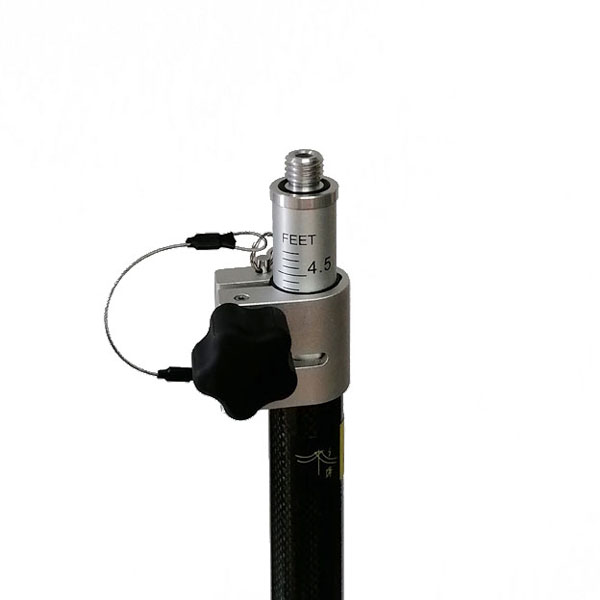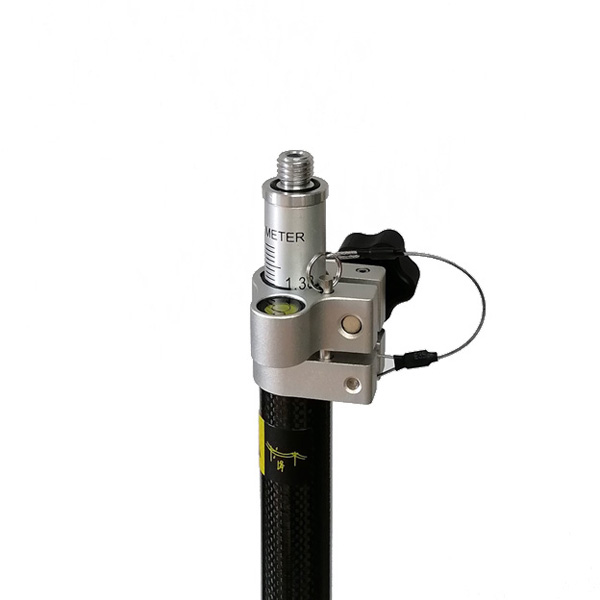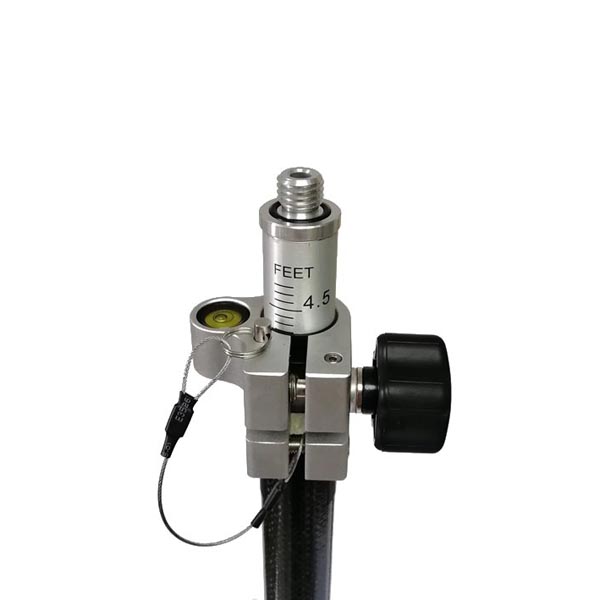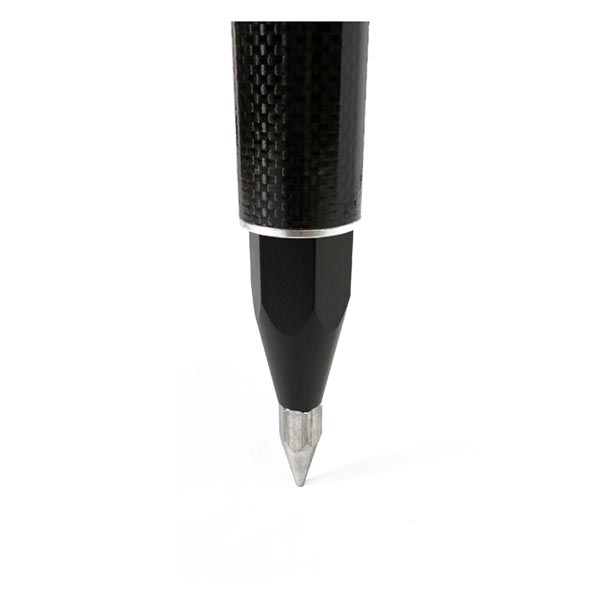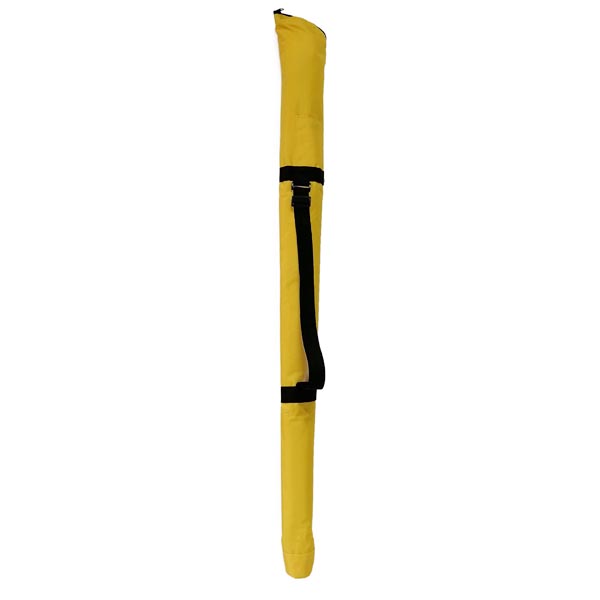2.5m Telescopic Aluminum Carbon fiber GNSS Rover Pole
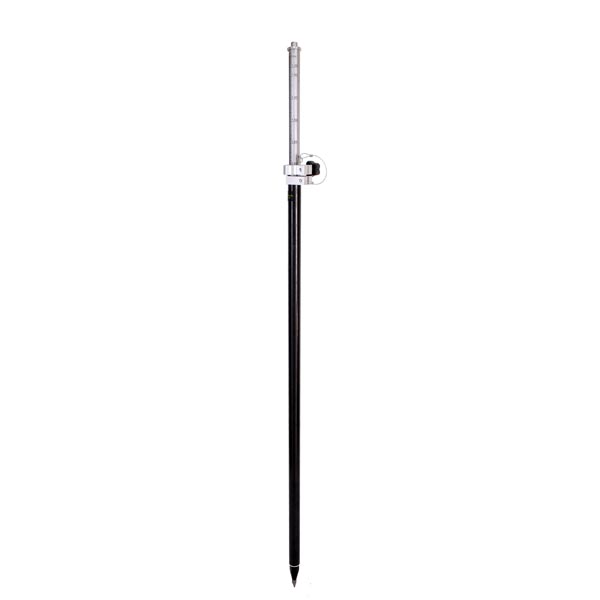
2.5m Telescopic Aluminum Carbon fiber GNSS Rover Pole
2.5m Telescopic Aluminum Carbon fiber GNSS Rover Pole
Model GRP-250
Features:
Aluminum Inner Pole with metric graduation for precise measurements.
32mm carbon fiber Outer Pole for lightweight strength and durability.
Standard 5/8” connecting thread for versatile compatibility.
Extended Length: 2.5 meters (8.2 feet) for extended reach.
Closed Length: 1.38 meters (4.5 feet) for compact storage.
Easy-to-read metric scale (20mm/1cm) for quick reference.
All-metal locking mechanism with a 20’ circular bubble level for stable and accurate positioning.
Locking pin system allows for secure extension at 1.6m, 1.8m, 2.0m, 2.2m, and 2.4m.
Includes a nylon carry bag for convenient and easy transport.
This GNSS Rover Pole offers exceptional stability, precision, and ease of use, making it an ideal tool for various geospatial applications
Specifications:
Model | GRP-250 |
Section & Type | 2, telescopic |
Tube Material: | Inner: Aluminum, 20mm graduation |
Outer: Carbon Fiber, Dia 32mm | |
Closed Length | 138cm |
Extended Length | 250cm |
Circular Vial | 20’ |
Compass | No. |
Connecting thread | 5/8’’ |
Locking position | 1.6m, 1.8m, 2.0m, 2.2m, 2.4m |
Net Weight | 1.03Kgs |
Ordering Information:
Model | GRP-250 |
Brand | GeoTech, Neutral or Customer’s brand |
Place of origin | Made in |
Price | To be quoted |
M.O.Q. | 10pcs |
Lead time | 7-10 work days |
Payment terms | T/T, Paypal |
Shipping terms | EXW, FOB, CFR, CIF,DDU |
Shipping method | Courier, air, sea |
Place of delivery | Worldwide |
Packaging | 1pc/box, 10pcs/carton |
Customized service | Yes |
Free sample service | For qualified purchaser |
What is a GNSS rover pole used for?
A GNSS rover pole is used in surveying and geospatial applications to hold and position a GNSS (Global Navigation Satellite System) receiver above the ground. Here's a breakdown of its purpose and functionality:
Positioning: The pole provides a stable and adjustable height for the GNSSreceiver, ensuring that it is at the correct elevation for accuratemeasurements. This is crucial for precise positioning and data collection.
Height Measurement: By elevating the GNSS receiver above the ground, the pole helps inobtaining accurate height or elevation data, which is essential forvarious surveying tasks.
Stability: The pole provides stability to the GNSS receiver, reducingpotential errors caused by movement or vibrations. This is particularlyimportant in challenging field conditions.
Ease of Use: The pole typically has adjustable sections, allowing the surveyorto set the receiver at the appropriate height for different types ofmeasurements or site conditions.
In practice, a GNSS rover pole is often used in conjunction with a GNSS base station to collect accurate location data for mapping, construction, and other surveying applications.

